This year Breast Cancer Awareness Month has taken a backseat to the senseless murder of Gabby Petito and whether we need a Covid booster shot, so think of me as the little voice in your ear: When was the last time you had a mammogram? Are you doing regular self-breast exams? If you don’t remember the answer to the first question, and you answered no to the second, then may I make a suggestion?
Your life and your family’s life is in your hands. What are you waiting for?
I’m one of those women who examined my breasts in the shower and got regular mammograms so it came as a surprise, to me and my doctor, when I was diagnosed with breast cancer in 2004. My mammograms that year—I had two, four months apart—showed I had a benign fibrocystic tumor. Nothing to worry about. But my little voice told me something else. Do you listen to your little voice? I do, because whether you want to call it intuition or the voice of God, it’s never failed me.
Since then I’ve had 10, grueling, breast cancer surgeries, eight rounds of chemotherapy, the first round nearly killed me the second it hit my bloodstream, several emergency room visits, permanent damage to my heart, and I’ve spent a lot of time worrying if I’ll be here this time next year. I used to say breast cancer was a gift, but clearly I was on drugs and didn’t know what I was saying. What I should have said was breast cancer brought many wonderful people into my life. It made my faith and my walk with God stronger, but there is nothing good about breast cancer. As my friend, Dr. Susan Love told me, “The answer is not in “the cure,” or more cancer treatments that will have terrible side effects and collateral damage. The answer is finding a way to prevent breast cancer in the first place.”
Here’s a clip of me and Dr. Love on the television pilot I shot for PBS called Girlfriends of a Certain Age.
As someone who became high-profile in the breast cancer community (I had the Top Breast Cancer Blog for five years), I learned a lot about every facet of this insidious disease and the money grubbing “big pink business” it supports. One in eight women will be diagnosed in their lifetime. You can exercise, eat right and drink in moderation, but if you’re like me, and you carry one of the breast cancer genes, you may still get breast cancer. As scary as this is, you need to know your breast cancer may not stop with you. If you carry the breast cancer gene, your daughters and granddaughters may get breast cancer, and your sons may pass the gene along to their children.
Knowledge is power. Please schedule a mammogram and be vigilant about self-breast exams.
Your family is counting on you.

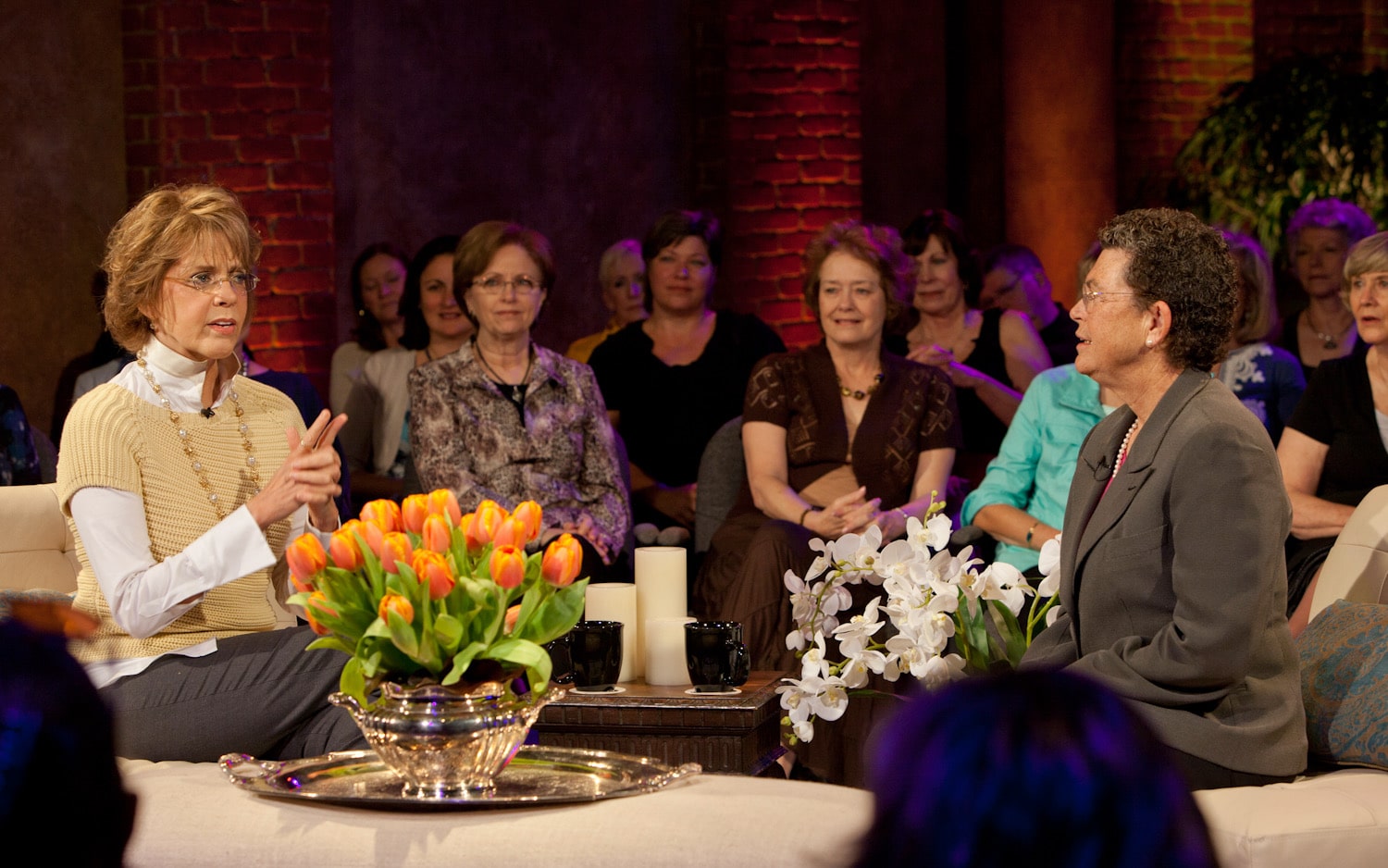


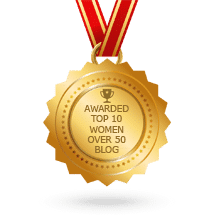
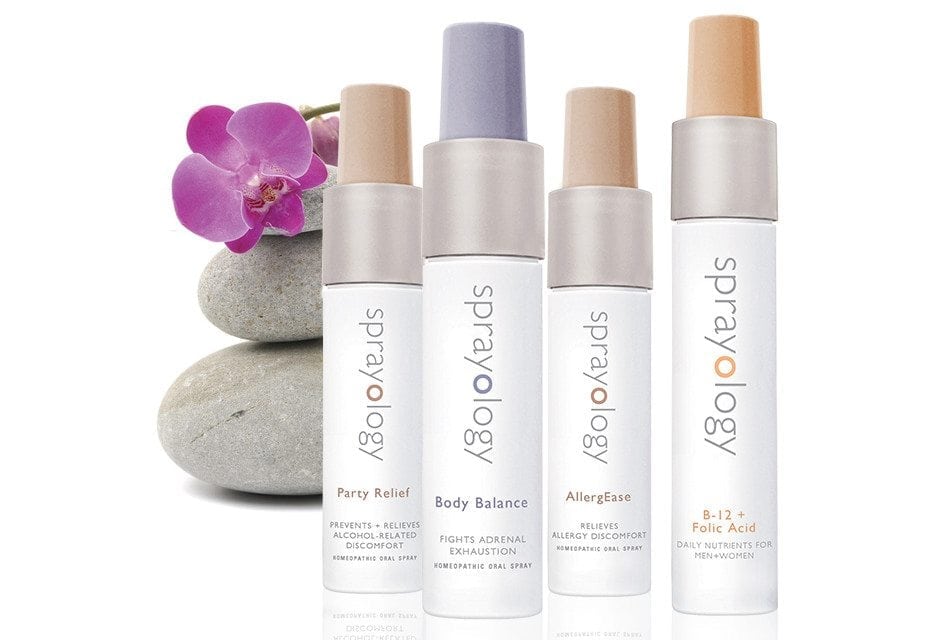
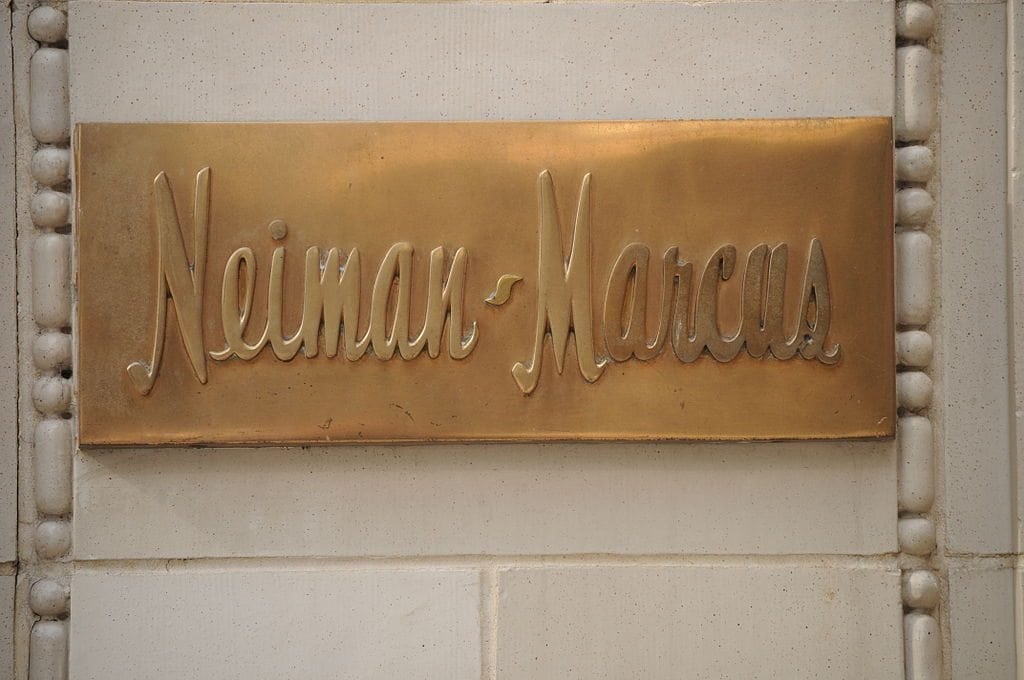
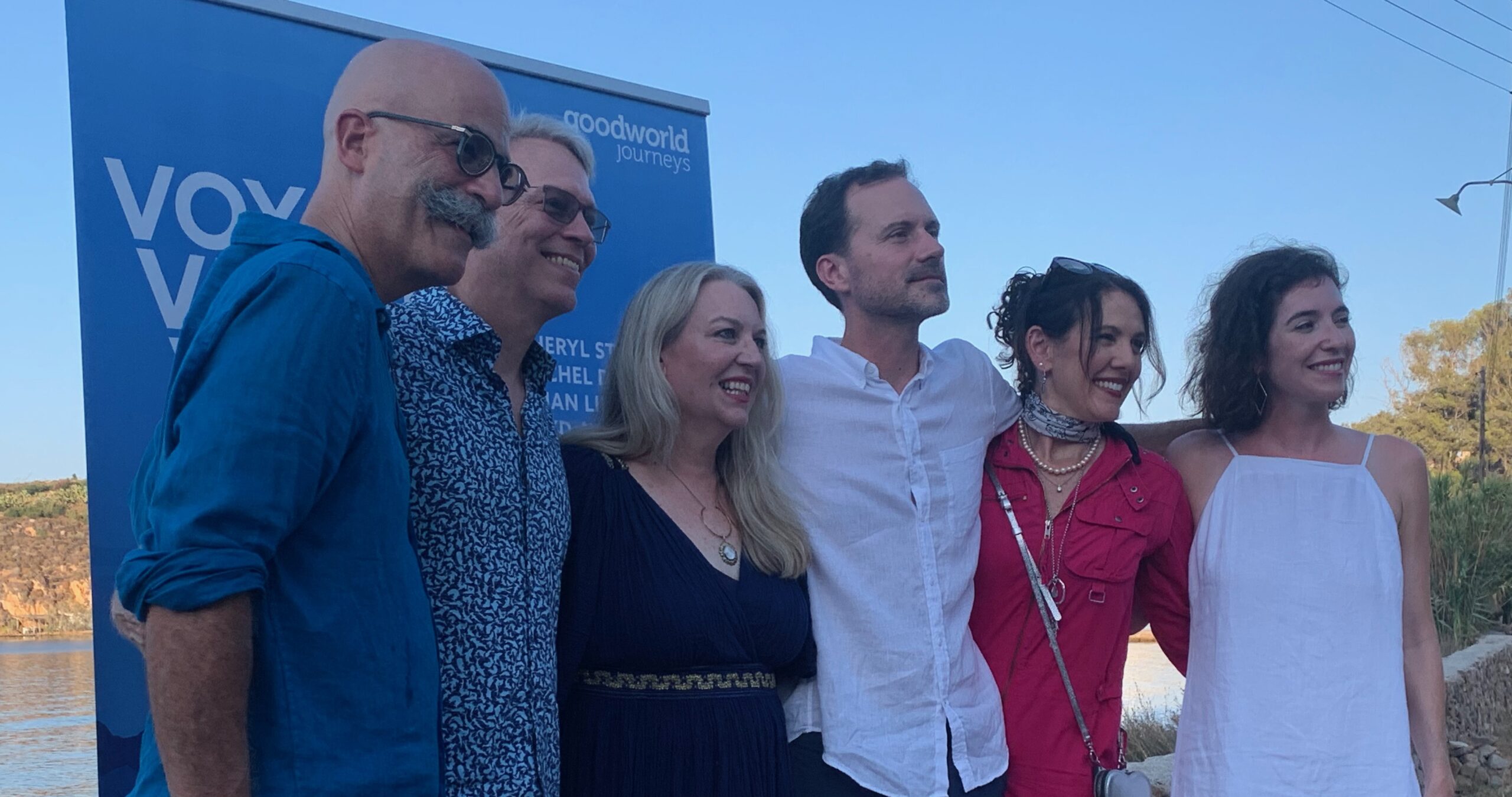





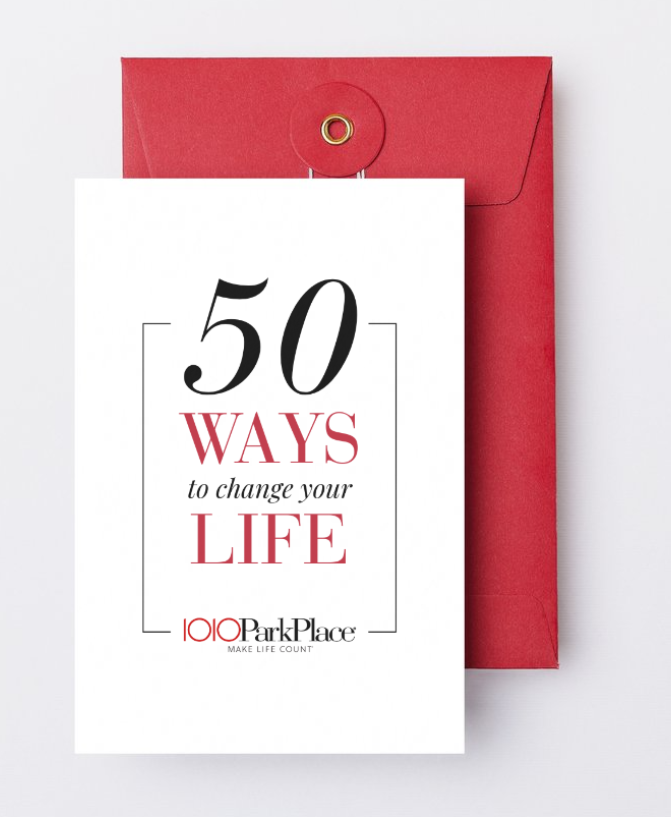
15 thoughts on “PROTECT YOUR FAMILY FROM BREAST CANCER”
A great interview and gathering of girlfriends , Thankyou . Brave ladies and we all think ‘but for the grace of God there goes I ‘ love
Thank you, sweet Jo! xoxox, Brenda
I remember that day! So proud to be invited. It was a great show
It was such fun, Vinetta! Everyone should have their own talk show! I’m glad you came. xoxox, Brenda
Lost BELOVED Jenny, my mother-in-law to breast cancer ca. 1997…she was 57. Have kept up with breast cancer literature since then.
Recently came across Breast Cancer, article/new book, below. Pulls in interesting topics/facts not read elsewhere. Long, but worth it.
Godspeed your health dear Brenda.
“Simple Steps to Prevent Breast Cancer
STORY AT-A-GLANCE
The for-profit cancer industry makes a fortune over-diagnosing breast cancer cases and then treating them with toxic remedies that increase your risk of developing real cancer
Ductal carcinoma in situ (DCIS), now called “Stage Zero breast cancer” is not actually a tumor. It’s not invasive. It’s not cancer. Studies suggest only about 5% of DCIS will eventually, a decade or more down the line, turn into cancer
20% to 40% of women who have been “successfully treated” for early stage breast cancer in the United States today end up with recurrent metastatic breast cancer
Effective prevention strategies detailed in Susan Wadia-Ells’ book, “Busting Breast Cancer: Five Simple Steps to Keep Breast Cancer Out of Your Body,” include optimizing your weight, avoiding progestin drugs and maintaining a high vitamin D3 level
Processed foods are culprits that need to be avoided, particularly foods high in refined and hydrogenated vegetable oils, as they are loaded with harmful omega-6 linoleic acid that disrupts your metabolic machinery
In this interview, Susan Wadia-Ells, Ph.D., discusses breast cancer as an unnecessary U.S. epidemic and how to prevent it, which is the topic of her book, “Busting Breast Cancer: Five Simple Steps to Keep Breast Cancer Out of Your Body.” This year alone, an expected 300,000 women in the U.S. will be diagnosed with invasive breast cancer. Another 50,000 are projected to be diagnosed with non-invasive breast cancer, which in all likelihood isn’t cancer at all.
Wadia-Ells has a graduate degree in energy economics and political development (MALD) and a Ph.D. in women’s studies with a focus on women’s autobiographical writing. “This really means that I am an investigative reporter,” she says, “and so I’ve come to this with a very innocent, independent mind.”
The inspiration behind the book was Wadia-Ells’ experience of losing several friends to recurrent metastatic breast cancer, meaning cancer that was “successfully treated” at an early stage, only to later return as a terminal stage or metastatic disease.
“Between 20% and 40% of women who have been “successfully treated” in the United States today will end up with recurrent metastatic breast cancer, which means an early death sentence for most women,” she says.
“And I just got very angry. I love to investigate new topics. I’ve always been a change-maker throughout my whole career. I’ve just followed and done what I wanted to do. And this, I just fell into it and wouldn’t let it go.”
Breast Cancer Treatment Is a For-Profit Industry
The for-profit cancer industry makes a fortune overdiagnosing breast cancer cases and then treating women with inflammatory and toxic remedies that increase your risk of developing real cancer. So, overall, the financial component is a motivating catalyst in the U.S. for much of what we’re seeing within the breast cancer industry, including that so-called “Breast Cancer Awareness,” month that can be translated as: “Get Your Mammogram Month.”
“The reason I wanted to do this book was really to teach women how to avoid getting breast cancer. Once you have a mammogram, you can sometimes end up being unnecessarily diagnosed and treated. And then that becomes incredibly expensive and harmful.
As I said, 20% to 40% of women who are being diagnosed and treated for an early stage breast cancer end up being treated for recurrent metastatic breast cancer, which means they’re spending an inordinate amount of money. These metastatic drugs that have been developed are not even meant to stop the disease; they have been developed to extend your life by a matter of months …
[The reason] why it’s so important for women to read the book and understand the five simple steps in Busting Breast Cancer is because most of these steps go against everything that the American Cancer Society is telling us, that Susan G. Komen is telling us, that in most cases, our regular primary care practitioners are telling us. And women have a much harder time questioning authority than men.
And so, as breast cancer has now become this epidemic that surrounds us … women have got to learn how to look at the facts, learn to be brave and question authority, and ‘take risks’ by going against these authorities. From early ages, women are much more terrified of going against authority.
And in order to protect ourselves and knock down the risk of breast cancer by 80% or more, it means a woman is going to have to stand up to the American Cancer Society and say, ‘Yes, I’m going to have a clinical breast exam. Yes, I’m going to do breast self-exams again. No, I don’t want a mammogram’ — all of these things that go against what women are being taught right now by the cancer industry.”
I’ve done extensive articles on mammography in the past, so much so that the State of Illinois Medical Board tried to remove my license, even though I wasn’t selling anything related to breast cancer. I was just telling people about the dangers of mammograms and disputing a study published in The New England Journal of Medicine.
I appealed and sued the medical board in the Illinois state supreme court and won, on grounds of first amendment freedom of speech, which is progressively being destroyed in real time in 2021. But that just goes to show the lengths to which the industry will go to protect the conventional narrative — a narrative that is ultimately harming more women than it’s helping.
Click here to learn more
Cancer Is a Lifestyle Disease
As noted by Wadia-Ells, statistical studies reveal there are a number of lifestyle and environmental issues that raise a woman’s breast cancer risk, including birth control drugs and vitamin D3 deficiency. Yet, the medical industry still has no answer as for why breast cancer occurs. They treat it like it’s a mystery that no one knows anything about, which simply isn’t true.
In 2013, Wadia-Ells discovered Thomas Seyfried’s book, “The Metabolic Theory of Cancer,” which I have highlighted in many previous articles. Seyfried’s theory on the origin of that first cancer cell allowed her to finally connect dozens of statistical studies on the risks of birth control drugs, progestin menopausal drugs, mammograms, biopsies, environmental toxins and more.
She was finally able, for the first time, to develop a clear set of biologically-based effective breast cancer prevention strategies for individual women. “Women need to understand that we can prevent this disease, probably 80%, if not more, of the time,” she says.
Lifestyle variables reviewed in Wadia-Ells’ book include the danger of chemical progestin drugs, toxic/unbalanced levels of estrogen from excess body fat, and high cortisol levels from chronic long-term stress. These are all significant assaults that contribute to the suffocation of breast cells’ mitochondria. This suffocation is the first step in the creation of that first cancer cell.
Processed foods are another culprit that need to be avoided, foods high in refined and hydrogenated vegetable oils in particular, as they are loaded with an omega-6 fat called linoleic acid (LA). Minimizing LA to pre-1850 levels, or 1% to 2% of your total daily calorie intake, which is 90% to 95% lower than what the average American consumes, is crucial. I believe it’s probably the most significant metabolic poison in our diet.
Prevention Begins With Shedding Excess Body Fat
Topping Wadia-Ells’ list of prevention strategies is shedding excess body fat by following a low-carb or ketogenic lifestyle. This type of daily eating helps lower the production of excess or unbalanced estrogen from fat cells, which reduces long term mitochondrial damage. Unknown to many, excess body fat creates an enzyme called aromatase; an enzyme required in the production of natural estrogen.
You need to be careful about the types of fat you eat, however. Going on a low carb/high-fat diet, will help only, if you limit your intake of toxic omega-6 fat (linoleic acid) to less than 5% of total calorie intake.
“That takes us back to Seyfried’s metabolic theory of cancer. We now understand that what causes that first cancer cell to happen — be that a breast cancer cell or a brain cancer cell — is assaults on the [mitochondria], the power batteries within your cells … that basically suffocate them.
So all of these things are suffocating the mitochondria, and when you have unbalanced estrogen to progesterone, or the chemical progestin, these are all toxic conditions that suffocate, that harm those mitochondria.
In Chapter 4 in the book, I talk about the importance of not taking birth control drugs or Prempro, a combination of menopausal relief drugs, or even having a progestin-laced IUD inserted, because progestin has now been shown to not only accelerate breast cancer, but it also has the potential of initiating breast cancer.”
In short, excess or unbalanced estrogen will increase a woman’s risk for breast cancer. That’s why many who are diagnosed with breast cancer find they are not metabolizing or eliminating this processed or “used” estrogen efficiently, causing an imbalance.
Wadia-Ells recommends getting a hormone balancing test to make sure your estrogen and progesterone levels are properly balanced and, if not, get an estrogen metabolite test done to see if you’re efficiently eliminating this now-processed or excess estrogen.
If your ability to eliminate your processed estrogen is sluggish, there are supplements and other strategies that can help boost your ability to efficiently eliminate your “used” estrogen, so you don’t end up with toxic levels. Ideally, you’ll want to measure all three types of natural estrogen your body can make: estrone, estradiol and estriol. The ratios among these three are also important.
The Dangers of Progestin
Progesterone is a helpful and important natural hormone. Progestin, a chemical that offers a few attributes of natural progesterone, however, can initiate and accelerate breast cancer. Intuitively, it makes sense that synthetic hormones might be more dangerous than naturally-occurring ones made by your body, and in fact they are. Wadia-Ells explains:
“In 2010, there was an incredibly important study that has gotten buried. The lead researcher was Josef Penninger. On that international study team of about 12 people, one is now the CEO and president of Dana-Farber Cancer Institute.
The researchers spent 10 years working with mice in preclinical settings, trying to figure out why women who take progestin-based drugs — be they birth control drugs or menopausal drugs — have anywhere from a 26% to an eightfold increased risk of developing breast cancer.
They finally published a study in 2010 that basically explained, in some more detail, but not totally, how the progestin pulls out or activates something called RANKL, which is a protein. The RANKL, apparently — though they don’t say these words — can suffocate the mitochondria in a woman’s breast cell, initiating that first cancer cell.
The sad thing is that no researchers in the field of breast cancer prevention ever cite this study. They’re not aware of it for some reason. But, it was published in October of 2010 in Nature magazine, which we all know is a very significant, well-known scientific journal.”
Tragically, the medical and scientific professions continue to conflate the terms “progestin,” and “progesterone,” ignoring the fact that these substances are not the same. Chemically, they are very different.
So, when reading studies, you have no way of knowing whether a researcher is talking about progestin, the chemical that causes and accelerates breast cancer, or natural progesterone, which when balanced with natural estrogen, does not cause a problem. In fact, natural progesterone appears to work as a tumor suppressor. It’s even used in men with prostate cancer, with significant success.
Proper Administration of Hormones
The delivery system of estrogen and/or progesterone is a third issue that plays a role. The worst delivery method is oral delivery, as the hormone must go through your digestive system and liver before it reaches your bloodstream.
Transdermal application is also problematic because, over time, your body becomes increasingly resistant to it as it builds up in your cells. The most ideal delivery method is transmucosally, where you apply the cream or suppository either into your vagina or rectum. This will bypass liver metabolism and get the hormone directly into your blood.
The Importance of Vitamin D3
Vitamin D3 is another crucial factor for cancer prevention. As noted by Wadia-Ells, studies show a vitamin D3 level of 40 ng/mL is protective against prostate and liver cancer, but for breast cancer, you need a level of at least 60 ng/mL (100 nmol/L).
“That 60 ng/mL becomes the magical number when a woman is trying to protect herself from developing breast cancer,” she says. Indeed, several studies suggest vitamin D optimization alone can knock your breast cancer risk down by about 80%.
Sensible sun exposure is the best way to optimize your level, but for a vast majority of people, a supplement is typically required to reach and maintain a level between 60 ng/mL and 80 ng/mL (100 nmol/L to 150 nmol/L) year-round.
Latitude tends to be a limiting factor because most people in the U.S. are unable to get significant vitamin D from the sun between September and May. Even in the middle of summer, you have to spend time outside in a bathing suit, not fully clothed, in order for it to work.
Regardless of how you’re getting your vitamin D3, the key is to test your level once or twice a year. This is the only way to ensure that what you’re doing is providing you with the vitamin D you need for optimal health and disease prevention. If you don’t know your D3 blood level, you have no way of knowing whether your immune system is strong enough to protect you from any fast-growing developing breast cancer cells or not.
Keep in mind that if you are obese, your body will store about half the vitamin D3 you ingest in your fat cells, which means you’ll need higher doses than someone of normal weight.
“If you take 5,000 IUs of D3 a day, it could be that your body is only able to utilize half of that. The other half is being stored in your fat cells. What some functional medicine physicians are finding is that when women or men start to lose weight, once they lose 15% of their weight, the fat cells let loose the stored D3 and their D3 blood level goes shooting up,” Wadia-Ells says.
Many Breast Cancer Cases Really Aren’t Breast Cancer
As mentioned earlier, mammograms can get you into trouble. “One simple mammogram can really take you down a bad path,” Wadia-Ells says. First of all, you’re compressing your breast tissue, which in itself can cause tissue damage, and if you do have a tumor, that tumor could potentially be broken apart, resulting in metastatic breast cancer.
Ductal carcinoma in situ or DCIS is not actually a tumor. It’s not invasive. It’s not cancer. Studies suggest only about 5% of DCIS will eventually, a decade or more down the line, turn into cancer.
“But probably the major concern that I have with mammograms is the fact that they are the only way the cancer industry can diagnose if a woman has atypical cells or a tiny indolent tumor that may never grow,” Wadia-Ells says. The term “atypical cells” later became known as ductal carcinoma in situ or DCIS — a far more frightening term than “atypical cells.” Fear sells, and this is true in the cancer industry as well.
DCIS is not actually a tumor. It’s not invasive. It’s not cancer. Studies suggest only about 5% of DCIS will eventually, a decade or more down the line, turn into cancer. Yet DCIS has now been renamed yet again as “Stage 0 breast cancer.”
“I have met so many women and they go, ‘I had breast cancer, but happily, they found it early. I’m fine.’ And I say to them, ‘What stage was it?’ Sometimes they don’t know, but if they do know, they might say, ‘Stage Zero,’ and the first thing I want to say to them is, ‘You did not have breast cancer. You never had breast cancer.’
But the problem is they were treated as if they had breast cancer. So, a biopsy, often using fine needle aspiration, was done, which inflames the tissue, which can then create cancer. Sometimes they had surgery. I’ve met women who have had double mastectomies because they had DCIS. It’s a travesty.”
People are being given all of these reasons to be fearful about breast cancer. My book becomes a unique piece of merchandise in the store, because it’s saying, ‘No, you don’t have to fear it anymore. There are ways that you can stop it before it starts.’ And with recurrent metastatic breast cancer, there actually are ways that are nontoxic, that can literally make metastatic cells go away.
And there’s even a case study from Turkey in my book of how they have used strictly nontoxic metabolic therapies to remove all of the metastatic cells from this 30-year-old woman. And as long as she was willing to participate and stay on her low-carb diet and have her non-toxic therapies every few months, she stayed clear.”
Why Biopsies Are a Bad Idea
As mentioned earlier, 20% to 40% of women treated for early stage breast cancer in the U.S. go on to develop recurrent metastatic breast cancer. The question is, what percentage of those cases were actually caused by diagnostics and/or treatment?
“Dr. Seyfried clearly describes … in his book, ‘Cancer as a Metabolic Disease,’ the biological process. When a tumor cell is released from a biopsy and the inflammation is happening, the immune system cells, including macrophages, come in to try and heal this new wound that the surgeon has just created in the woman’s breast.
That macrophage can then morph into a hybrid cell; merged with that errant breast cancer cell, it can take off into the woman’s body. In the majority of women who end up with metastatic breast cancer, it goes either to the bone, to the brain or to the liver, and maybe one other spot. It’s very clear that there’s a metabolic process involved. It’s not a haphazard process.
What I’m trying to do, and I talk about this in Chapter 10, is get the state cancer boards to release the annual data they have on recurrent metastatic breast cancer. The state cancer boards are required to collect that data within six months of a diagnosis from licensed physicians and from licensed cancer clinics.
But the state cancer boards, to the best of my knowledge, are not allowed to release that data. I feel the recurrent metastatic breast cancer epidemic is growing exponentially. You can see this by looking at data from clinical studies and from the exponential growth of income coming from metastatic breast cancer drugs. More than 50% of all the income in the breast cancer industry today is metastatic breast cancer drug income.”
Certain Drugs Impact Your Breast Cancer Risk
In her book, Wadia-Ells also details the risks of certain popular drugs. Women who have been on a statin drug for more than 10 years, for example, have been shown to double their risk of breast cancer. This is a drug that 1 in 4 American adults over the age of 40 is on, so it’s a significant issue.
Another group of common but hazardous drugs are progestin-based birth control drugs and IUDs or intrauterine devices laced with progestin. A far safer alternative is the hormone-free copper coil IUD.
However, today, FDA regulations have created a single monopoly-priced, hormone-free IUD, much too expensive for women who do not have health insurance. While the actual cost of this tiny and simple device is about 50 cents in the U.S., women or their insurance must pay more than $800 to purchase and have the IUD inserted. Wadia-Ells explains:
“This is where my graduate work in political economy came in, so it served me well. I just kept unpeeling the onion. In the ’70s, we had a variety of types and sizes of hormone-free IUDs. They didn’t have progestin-based IUDs back then. By 1999, there was suddenly only one IUD on the U.S. market, and that was today’s copper coil IUD named Paragard.
Suddenly, overnight, the FDA decided to reclassify this 50-cent copper coil from a medical device — what it had been for 30 years — to a pharmaceutical drug. They said that the copper causes the effectiveness of the IUD; therefore, it’s a drug.
When they did that, they virtually blocked the market for all other hormone-free IUDs, because … now that hormone-free IUDs were considered to be drugs, and they had remained effective for 10 years, companies had to do multimillion-dollar, 10-year, double-blind, placebo-controlled studies for any IUD, i.e., “drug.”
So, many women in the U.S. have developed breast cancer because they’ve been forced to go on the birth control drug because the cost of that hormone-free IUD became unbearable. Low-income women were given, and still are being given, the progestin-only contraceptive shots that last for three months, which increase their risk of breast cancer worse than if they’re taking the pill.
These drugs are increasing one’s breast cancer risk much more than if a woman is on a hormone-free IUD, because she is not getting that progestin. I believe that this IUD reclassification in 1999 was done to support the birth control drug industry.”
What’s more, why did no one insist on studying birth control drugs once it was discovered, in 2002, that post-menopausal women using the progestin-based menopausal drug, increased their risk of developing palpable tumors by 26% within three years? After all, contraceptive drugs can have 10 times more progestin than menopausal progestin drugs.
“They didn’t do it, I am sure, because the industry did not want to destroy their birth control drug revenues,” Wadia-Ells says. “And so, there’s a reason we have seen premenopausal women’s breast cancer rates increase in the United States.
In my book I show the study that my little group did. We contacted several state cancer boards and said, ‘Can you send us the rate of breast cancer of women under 50 years old between 1985 — when they started to advertise birth control drugs on TV — and 2005?’
And we saw, no matter if it were Florida, Colorado or Massachusetts — those were the three states we ended up looking at — there was a 1% to 2% annual increase over those years in breast cancer rates in women under 50.
That’s when birth control drugs really had taken off, because the Clinton administration allowed these drug ads to be put on television, so you could tell your doctor what drug you wanted, instead of having the doctor tell you what drug you should have.
There are seven political action steps in my book, and one of them is for women’s groups and health groups to go to the FDA and knock on the door and say, ‘Change it back. Make the hormone-free IUD a medical device again, and open up the market, flood the market with all of these affordable European makes and models.’”
More Information
To learn the details of the five strategies that can radically reduce your risk of breast cancer, be sure to pick up a copy of Wadia-Ells book, “Busting Breast Cancer: Five Simple Steps to Keep Breast Cancer Out of Your Body.” Of net sales of this book, 20% is being donated to the Foundation for Metabolic Cancer Therapies. Aside from optimizing your vitamin D and losing excess weight, other strategies include:
Losing excess body fat by using time-restricted eating and fasting, by reducing carb intake, and by increasing natural and unprocessed fats and oils
Avoiding or eliminating processed vegetable oils and processed foods
Avoiding synthetic hormones
Getting an annual thermogram to see if your breast tissue is inflamed/precancerous, meaning you need to detox immediately
Detoxifying your body and mind through breast massage, practicing daily meditation, avoiding food with pesticides and added hormones, filtering water for drinking and showering, and avoiding cosmetics and cleaning agents with carcinogenic chemicals”
Tara, What is your source? This much info, in tiny print, is difficult to read and since I’m a stickler for credible resources, I’m not inclined to wade my way through it unless I know where it came from. Thank you! Brenda
I wasn’t sure if the last comment is spam but then I see you answered it. Boy! That’s way too much for here. Wish I could have been at your talk show. Was it on television? I’d watch because there’s nothing like that for us ladies of a “certain age.” Xo, Barb
Hi Barb, President Obama cut funding to the Arts, so PBS was scrambling to find funding for their existing programs, which meant they didn’t have the money to option my talkshow. It was a fun experience though! I got to design and build my own set, and we had a live studio audience. xoxox, Brenda
Hi there
So very informative.
I agree with need to find the “cause” and prevent it.
Thanks for sharing.
A USA acquaintance Leigh – has founded Lobular Breast Cancer Alliance along with other LBC advocates/researchers – after her diagnosis of LBC.
Thanks for reading and commenting, Rosemarie. I appreciate you!! Brava for your friend and her Lobular Breast Cancer Alliance! Brenda
You have survived and I am so glad you did! I enjoy your posts and the good information you share with your girlfriends. Finding the cause is better than women going through treatment. My niece had breast cancer a few years ago and has been cancer free since then. A yearly mammogram is a must. Not my favorite thing to do but it is a necessity. The Urban Farmer’s mother died of breast cancer nine years ago. She did not keep up with her mammos and told me that “women my age don’t get breast cancer”. In that same time frame an elderly client (about the same age as Mama) at the design studio/furniture store where I worked came in to tell us she had breast cancer. She chose not to take any measures to prolong her life.
Thank you, Donna. There are so many misconceptions about who will or will not get breast cancer. “Older” women do get breast cancer, so we can’t drop our guard and retire from mammograms like we do our jobs. I understand her choice not to seek treatment. It’s grueling and if you have advanced cancer, you want to have some semblance of a quality of life. The decision to seek treatment or not is a courageous one. xoxox, Brenda
Just finished up radiation. Stage zero and now on preventative estrogen blockers. So grateful I caught it early. I have found I am surrounded by so many friends and neighbors with the same journey and their support have been a blessing.
Hi Holly, You did catch it early! I’m happy to hear this and glad you have a support system that’s been through the same thing. It’s shocking how many people we know have had breast cancer. Blessing to you and sending you much love, Brenda
Brenda, I started reading this article and at midnight went online to set up my appointment. I forgot about it because the last month has been a tad chaotic. I appreciate the reminder and the remarks on prevention. Mahal I!
Comments are closed.